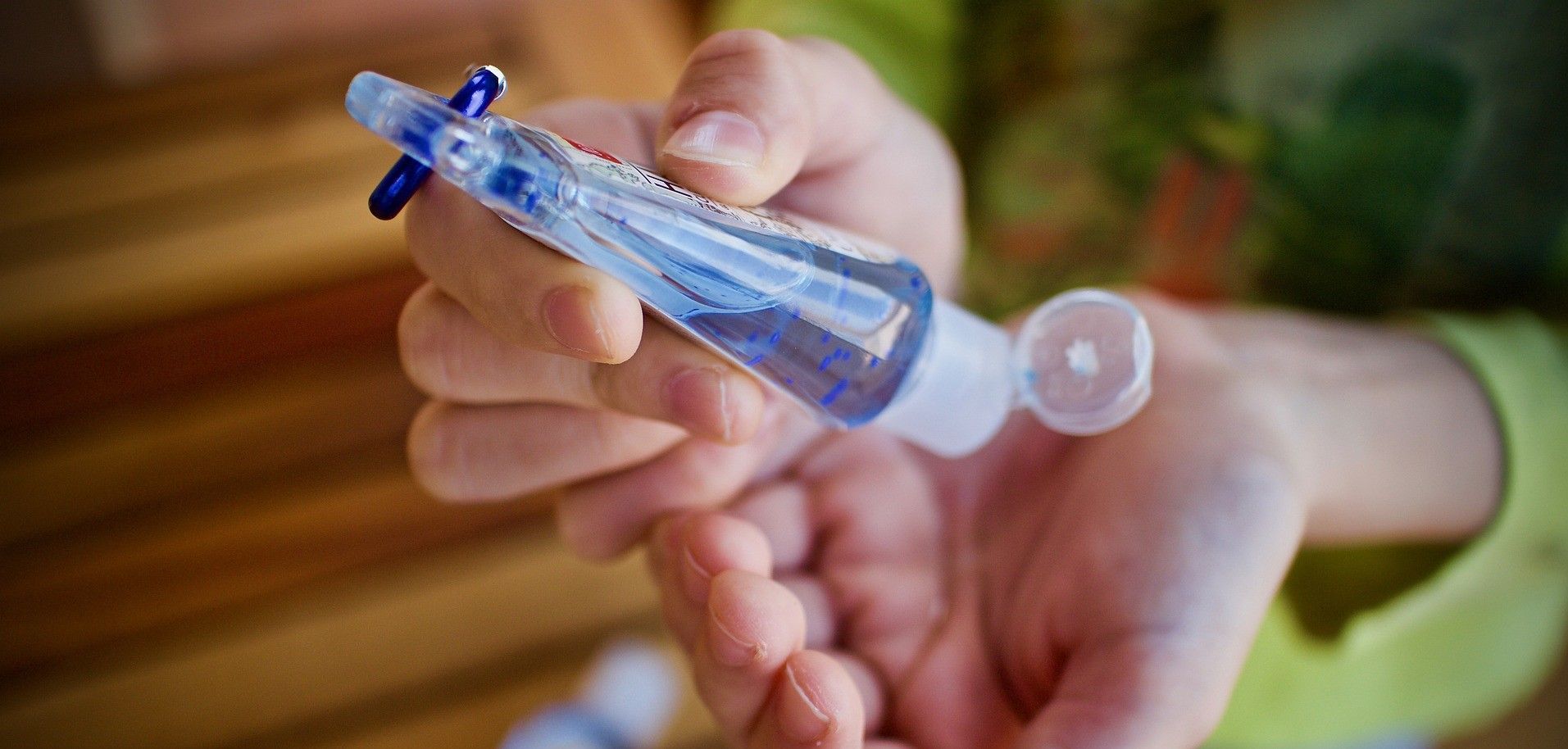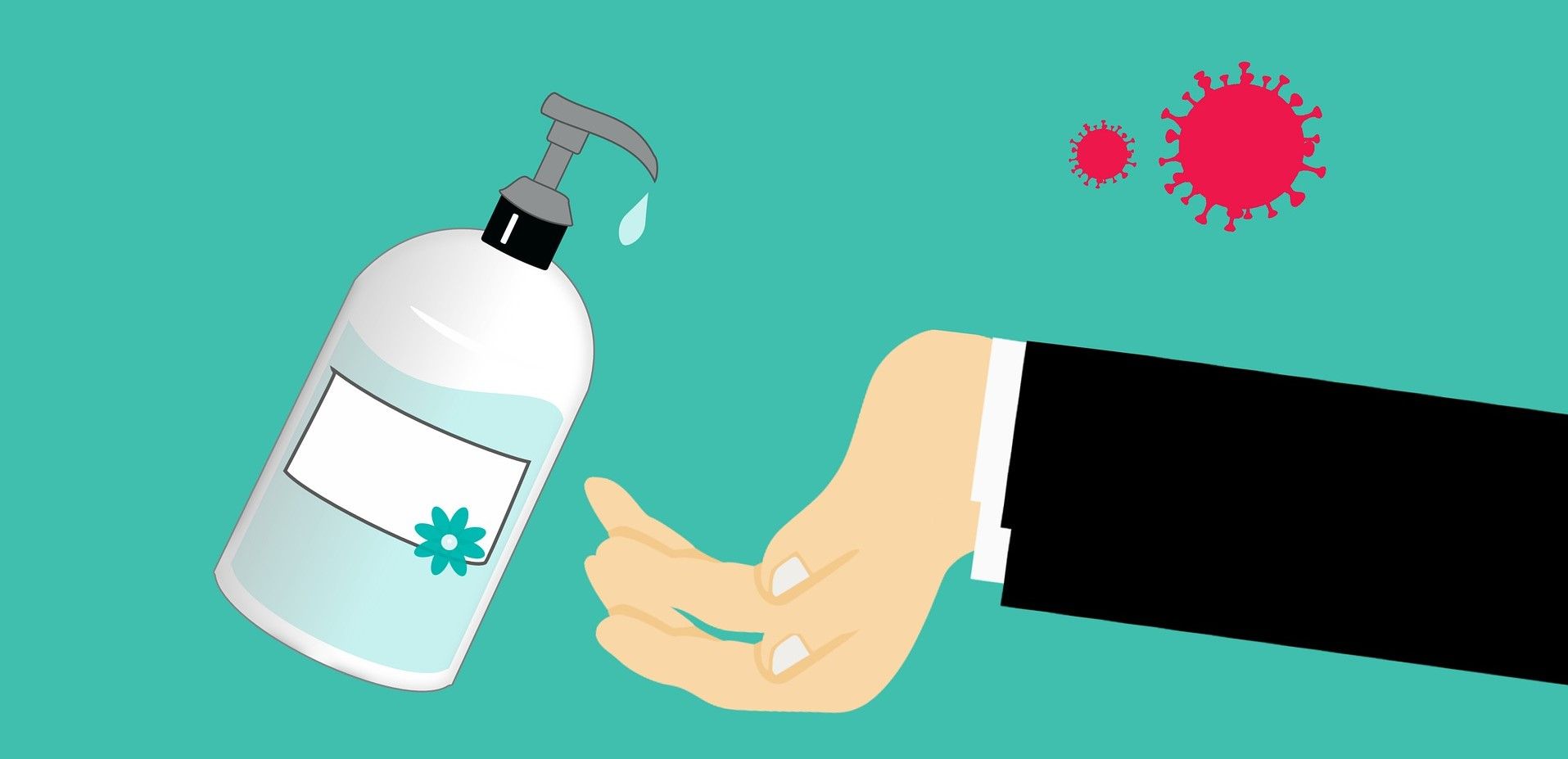Alongside the coronavirus pandemic is a growing threat from substandard hand sanitiser.
While the issue may be frequently under reported, hand sanitiser remains a key tool in preventing the spread of infection. If hand gel and disinfectant standards are not maintained, then the number of people falling ill (not just with COVID) will likely rise.

The biggest health risk caused by poor-quality hand sanitisers and disinfectants is the use of methanol (also called wood alcohol) as an ingredient.
Using hand sanitiser which contains methanol can be fatal.
While most countries have banned the use of methanol for hand sanitiser and gels, its use has increased rapidly, as the coronavirus has spread. Cheaper products, from unscrupulous suppliers, are now damaging people’s health.
In America, the inclusion of methanol in hand sanitiser has been fatal. As NBC news reports, “The coronavirus pandemic has triggered a huge spike in demand for hand sanitizer, and with it, a shortage of ethanol, which is typically used as the active ingredient in hand sanitizers. That may be leading to the use of a highly toxic substitute — methanol, or wood alcohol — in products that have been rushed onto store shelves in the United States. The FDA has counted 17 deaths from exposure to methanol-tainted sanitizer this year, and spokesman Jeremy Kahn says the agency has received an additional 2,000 reports of exposure or injuries.”
While the large majority of deaths and serious injuries (including blindness) have been caused by people drinking sanitiser containing methanol, as a chemical ingredient, methanol is toxic even if absorbed through fumes or through the skin. This means that even if guidelines for use are followed, people may still fall ill.

But the issue is not reserved for just the USA. In the UK, the British-made Shield Hand Sanitiser Gel has been urgently recalled due to its toxic ingredients, while as far away as Nepal, the “Department of Drug Administration has banned nine different hand sanitizers produced by Nepali and Indian companies.”
The clamp down follows analysis of samples collected from various marketplaces.
Canada is also constantly updating its list of approved hand sanitisers in an effort to discourage the sale of substandard products.
As the Canadian news outlet CTV, explains, “As the demand for hand sanitizer grew early on in the pandemic, Health Canada released a list of approved hand sanitizers that met the government’s requirement for sale in Canada, in order to ensure that consumers would not be taken in by products claiming to be hand sanitizer that did not match up to regulations.”
The need for the list has grown, with the government agency Health Canada, announcing on October 1st that, “… the distributor Northern National Sales Inc. was selling a fake version of Zytec Germ Buster Hand Sanitizer.”

In Europe, the EU has been equally quick to find poor-quality sanitising products, employing powers to instantly remove them from the market.
As the public health company Safeguards, reports, “… recent market surveillance data from RAPEX, the EU’s rapid alert system for dangerous non-food products has issued reports that hand disinfectants have been found with a number of risks, which has led to the products’ withdrawal from EU markets.”
While it is pleasing to see the consumer agency’s quick response, the presence of substandard sanitising products on the market should be a concern for us all.
The standard level of ethanol required to kill most bacteria and viruses (including coronavirus) is 60% to 80%. Ideally, disinfecting hand gel or sanitiser should contain closer to 80% to achieve full confidence in its effectiveness. Those with less than 60% alcohol do not have sufficient killing power to destroy viruses and germs, and may instead only reduce the growth rate of a virus or kill some (but not all) of a group of pathogens.
AG PROTECT’s range of hand sanitising and disinfecting products meet EU health standards and most contain in excess of 79% alcohol by volume. Please visit their website to see their range of products.
Photo credit: Michelangelo Buonarroti from Pexels, mohamed Hassan from Pixabay, Luisella Planeta Leoni from Pixabay, & Michelangelo Buonarroti from Pexels